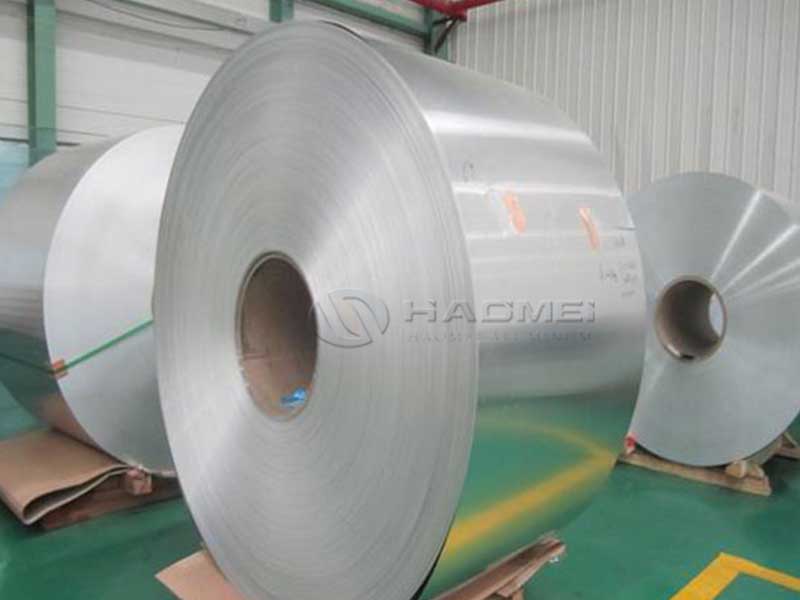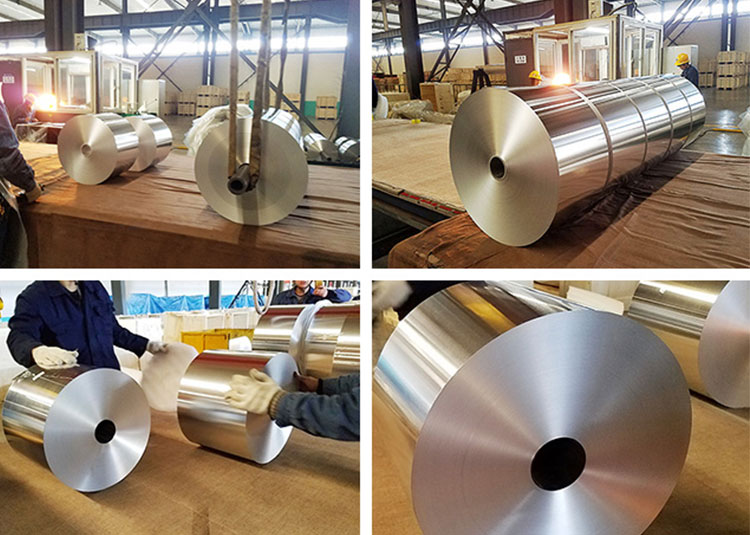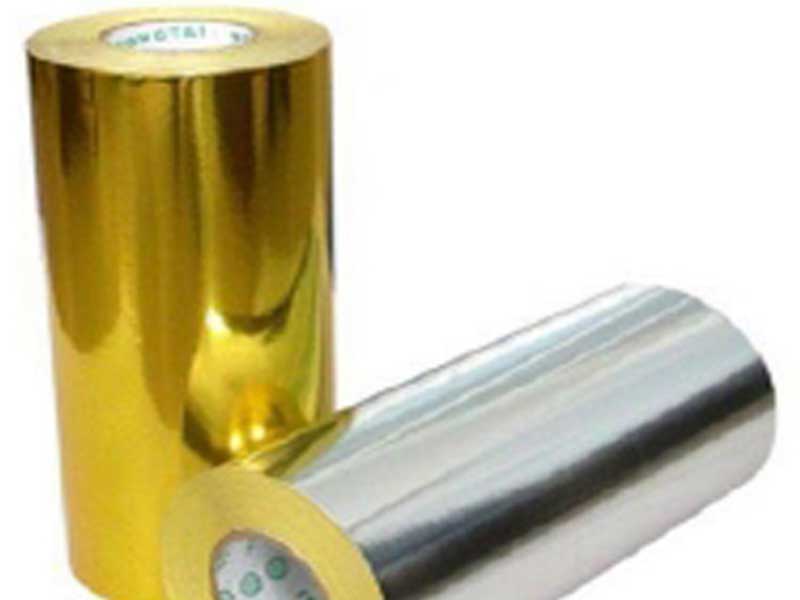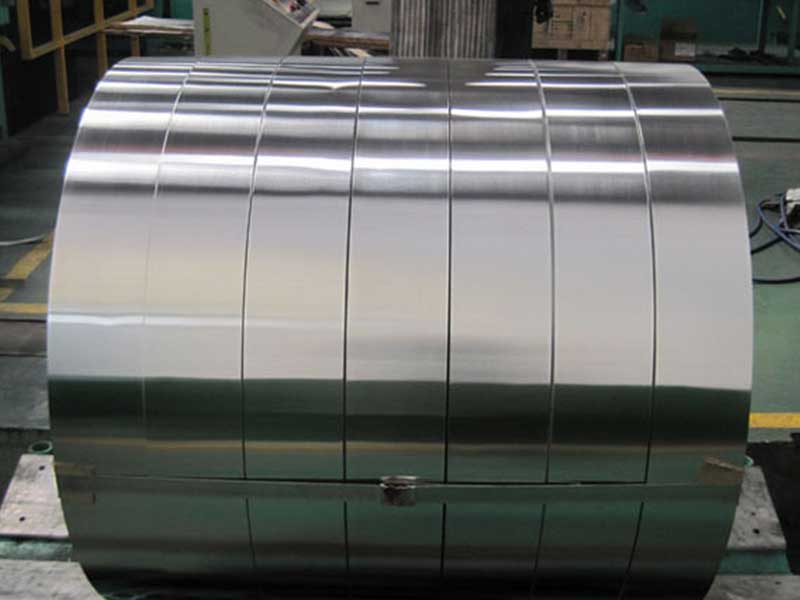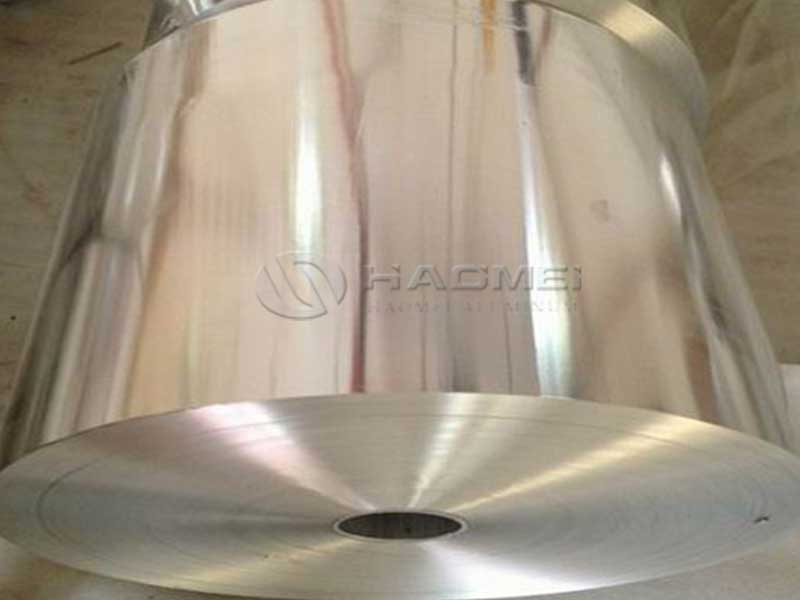8011 Grade Aluminum Foil
When you peel back the shiny surface of everyday aluminum foil, you may rarely stop to ponder the chemistry and engineering that make it so versatile, especially the specific grades like 8011 aluminum foil. Often overshadowed by other alloys on paper, 8011 is quietly pivotal in many transformative ways, particularly due to its distinct blend of properties engineered for specialized yet widespread applications.
8011 Aluminum Alloy – More Than Just Foil
Aluminum foil grades are not arbitrarily designated—they represent a meticulous amalgam of alloying elements to target specific physical properties. The 8011 grade aluminum falls within the 8xxx series, distinguished primarily by its high silicon and iron content which imbue it with remarkable strength and useful workability.
| Parameter | Typical Value |
|---|---|
| Chemical Composition | Al + Fe (0.7–1.3%) + Si (0.5–1.0%) + others trace |
| Tempers | H14 (rolled and partially hardened), O (annealed) |
| Thickness Range | Commonly 0.01 mm to 0.2 mm |
| Density | 2.70 g/cm³ |
| Tensile Strength | Approximately 100–190 MPa |
| Elongation | 10–15% |
The hallmark of 8011 aluminum foil is its balance between strength and ductility. Adding silicon and iron alters grain structure during rolling and annealing which enhances formability without sacrificing mechanical resilience crucial for certain demanding uses.
Distinctive Features of 8011 Aluminum Foil
From a metallurgical viewpoint, the 8011 foil stands apart for:
- Superior corrosion resistance: The silicon and iron create a microstructure forming a passive oxide layer guarding against acidic foods and industrial exposure.
- Thermal stability and heat tolerance: Ideal for applications involving varying temperatures, this alloy maintains integrity during heating or cooling cycles better than some purer alloys.
- Excellent mechanical strength: The controlled cold work processes, producing tempers such as H14 (Partial Hardness), let it stretch thin without tearing—for packaging tough or bulky goods.
- Highly recyclable and sustainable property, conserving resource usage while maintaining high performance.
Applications that Show 8011’s Silent Influence
The core subtext through which 8011 aluminum foil shines lies in how it blends technical finesse with everyday practicality.
1. Food Packaging Industry: Freshness Wrapped in Science
8011 foil is predominant in flexible packaging for perishable foods, like frozen meals, snack bags, and dairy covers. The mechanical hardness allows multi-layer lamination processes where foil bonds to plastic films, protecting contents from moisture, oxygen, and contaminant ingress.
Since food reheating is a norm, 8011’s blend of thermal durability and chemical stability ensures the packaging can confidently resist oven or microwave environments without off-gassing or physical failure. Similarly, the corrosion resistance safeguards against acidic ingredients like tomatoes or citrus fruit within light-weight containers.
2. Decorative and Insulative Use
The stiffness that 8011 alloys retain allows the foil to serve as sunning and reflector surfaces in home insulation products. It contributes an efficient reflective barrier (reflectance of around 95%) directing heat flux beneficially to reduce energy consumption.
3. Cosmetics and Pharmaceutical Packaging
Providing a sterile, chemically inert barrier coating, 8011 excels in foil-stick blister packs and tube seals where hermetic packaging is non-negotiable for prolonged shelf life.
4. Electrical and Industrial Applications
Among less obvious roles, aluminum foils made from 8011 also feature in transformers' winding barriers or shielding tapes, capitalizing on its consistent electrical conductivity modulated with strength to withstand repeated mechanical assembly.
Manufacturing & Technical Standard References
Confirmed under ASTM B211 (Standard Specification for Aluminum and Aluminum-Alloy Rolling Sheets, Plates, and Strips), and with temper specifications variably tuned to manufacture specials especially foils (under EN 573-3 and ISO standards for aluminum alloys), 8011 end products require tight mill control of casting, annealing, and rolling sequences.
In the innovation chain, small manufacturing changes—like enhanced cold rolling techniques and newly controlled anneals—now produce even thinner gauges (<10 microns) maintaining foil toughness. This technological prominence enables industry leaders to innovate ultra-lightweight still durable packing mediums saving aluminum use as well as cost.


